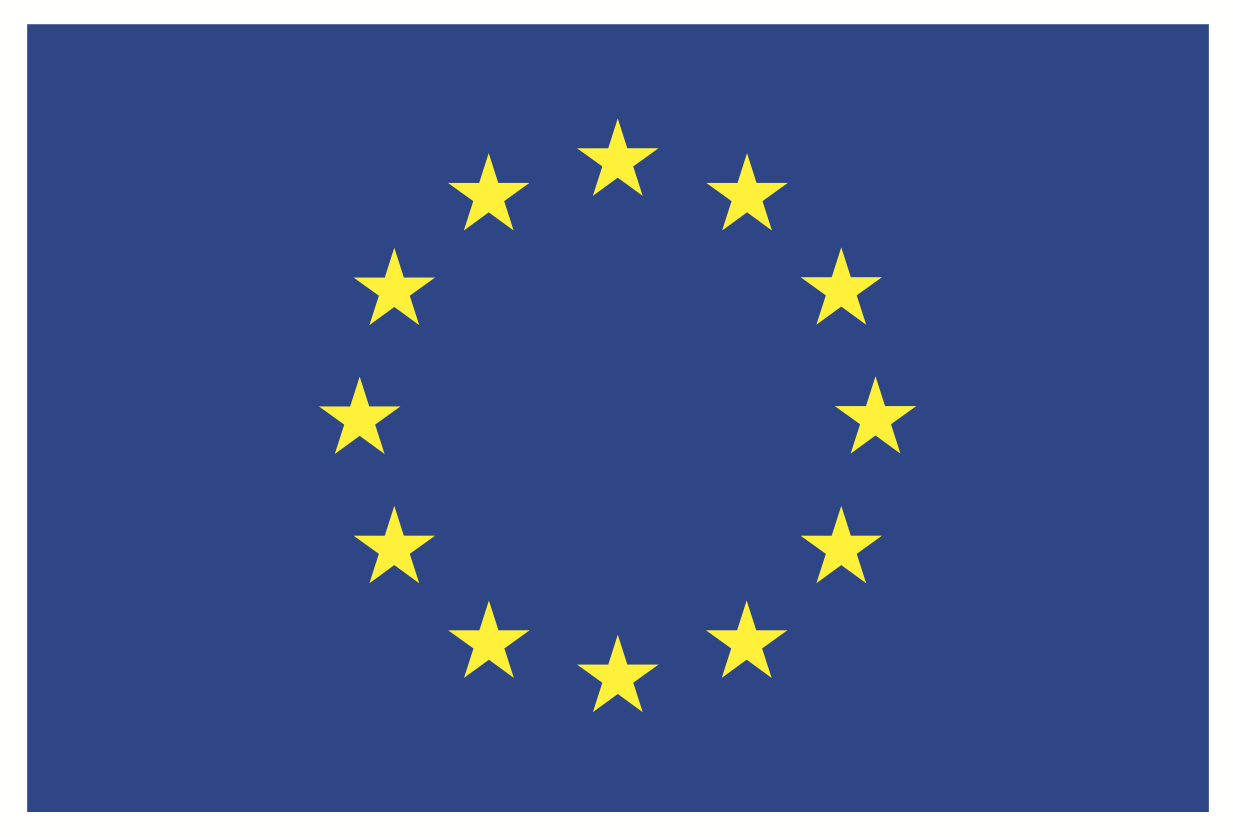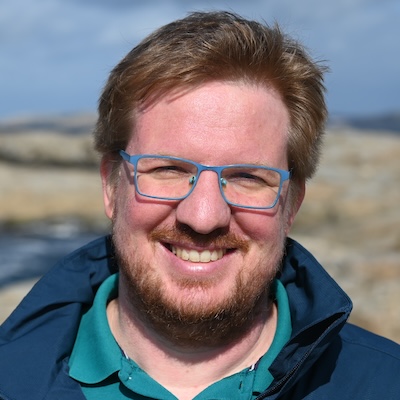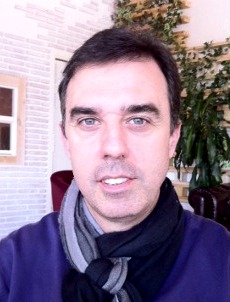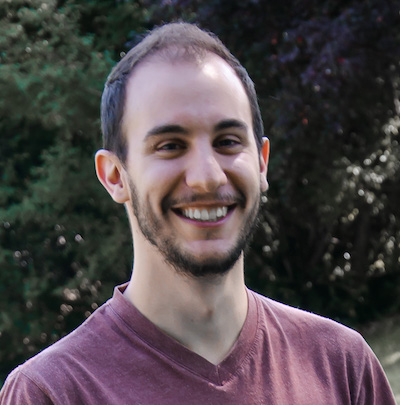StroCOMP: Strong Coupling of Organic Molecules and Plasmons

StroCOMP, which ran from Apr 2014 to August 2017, was funded by a
Marie Curie Career
Integration Grant of the European Union Seventh Framework Programme.
Summary
The improvement of fabrication technology over the last decades
enables the accurate creation of almost arbitrarily shaped nanoscale
metal structures. In such systems, quasi-bound surface modes
(plasmons) provide strong, sub-wavelength confinement of
electromagnetic fields. This confinement leads to strongly increased
coupling between light and matter, and increases the possible
spatial resolution, making it possible to surpass the diffraction
limit of conventional optics. These properties make plasmonics a
quickly growing and multidisciplinary subject, with applications in
physics, chemistry, biology and engineering. A particularly relevant
topic is the coupling of quantum emitters (such as atoms, molecules,
quantum dots, or color centers in diamond) to plasmons. By
concentrating light with the use of plasmons, the mismatch between
the absorption cross section of the emitter and the size of the
light beam can be circumvented. It is then even possible to reach
the
strong coupling regime, where the elementary
excitations become hybrid states with mixed light-matter character,
so called exciton-polaritons. The major aim of StroCOMP is to
develop new insights into the strong coupling between plasmons and
organic molecule excitation. Due to the complex molecular structure,
organic molecule exciton-polaritons are still not fully understood.
A further goal of the project is to study the manipulation of
chemical structure and reactions through strong coupling, exploiting
the modification of the chemical potential energy surface.
People
 |
Dr. Johannes Feist
Marie Curie CIG Research Fellow
johannes.feist@uam.es
Departamento de Física Teórica de la Materia Condensada
Facultad de Ciencias, Module C-05, 506
Universidad Autónoma de Madrid
Tel.: +34 91497 2662
|
 |
Prof. Francisco J. García Vidal
Scientific coordinator
fj.garcia@uam.es
Departamento de Física Teórica de la Materia Condensada
Facultad de Ciencias, Module C-05, 401.2
Universidad Autónoma de Madrid
Tel.: +34 91497 8515
|
 |
Javier Galego Pascual
PhD student
javier.galego@uam.es
Departamento de Física Teórica de la Materia Condensada
Facultad de Ciencias, Module C-05, 305
Universidad Autónoma de Madrid
|
Publications
Publications financially supported by StroCOMP:
2018
22.
Tensor Network Simulation of Non-Markovian Dynamics in Organic Polaritons (
PDF)
J. del Pino, F. A. Y. N. Schröder, A. W. Chin, J. Feist, and F. J. Garcia-Vidal
21.
Tensor network simulation of polaron-polaritons in organic microcavities (
PDF)
J. del Pino, F. A. Y. N. Schröder, A. W. Chin, J. Feist, and F. J. Garcia-Vidal
20.
Photon statistics in collective strong coupling: Nanocavities and microcavities (
PDF)
R. Sáez-Blázquez, J. Feist, F. J. García-Vidal, and A. I. Fernández-Domínguez
19.
Organic polaritons enable local vibrations to drive long-range energy transfer (
PDF)
R. Sáez-Blázquez, J. Feist, A. I. Fernández-Domínguez, and F. J. García-Vidal
18.
Polaritonic Chemistry with Organic Molecules (
PDF)
J. Feist, J. Galego, and F. J. Garcia-Vidal
17.
Super-Planckian far-field radiative heat transfer (
PDF)
V. Fernández-Hurtado, A. I. Fernández-Domínguez, J. Feist, F. J. García-Vidal, and J. C. Cuevas
2017
16.
Enhancing photon correlations through plasmonic strong coupling (
PDF)
R. Sáez-Blázquez, J. Feist, A. I. Fernández-Domínguez, and F. J. García-Vidal
15.
Long-distance operator for energy transfer (
PDF)
F. J. Garcia-Vidal and J. Feist
Abstract: ...Nonradiative energy transfer is a ubiquitous phenomenon in nature. Photosynthesis begins with light harvesting, where pigment-protein complexes transform sunlight into excitations, usually called excitons, within the molecules. Excitons are formed by an excited electron and the positively charged hole that is left in the ground state. In photosynthesis, the energy of this exciton is finally transferred to the reaction center, where a charge separation process provides chemical energy for plants, algae, and bacteria. Human-made organic photovoltaic cells try to mimic this natural process, and it is the transport of the excitons after light absorption that determines the efficiency of the cell. In organic materials, energy transfer is governed by short-range dipole-dipole interactions through the process of Förster resonance energy transfer (FRET), whose spatial range is limited to distances less than 10 nm. Recent work by Zhong et al. shows how this range can be extended to distances larger than 100 nm by taking advantage of a quantum electrodynamics (QED) phenomenon called strong coupling.
14.
Many-Molecule Reaction Triggered by a Single Photon in Polaritonic Chemistry (
PDF)
J. Galego, F. J. Garcia-Vidal, and J. Feist
13.
Multiscale Molecular Dynamics Simulations of Polaritonic Chemistry (
PDF)
H. L. Luk, J. Feist, J. J. Toppari, and G. Groenhof
12.
Study of radiative heat transfer in Ångström- and nanometre-sized gaps (
PDF)
L. Cui, W. Jeong, V. Fernández-Hurtado, J. Feist, F. J. García-Vidal, J. C. Cuevas, E. Meyhofer, and P. Reddy
11.
Plasmon-exciton-polariton lasing (
PDF)
M. Ramezani, A. Halpin, A. I. Fernández-Domínguez, J. Feist, S. R.-K. Rodriguez, F. J. Garcia-Vidal, and J. Gómez Rivas
2016
10.
Exploiting vibrational strong coupling to make an optical parametric oscillator out of a Raman laser (
PDF)
J. del Pino, F. J. Garcia-Vidal, and J. Feist
9.
Suppressing photochemical reactions with quantized light fields (
PDF)
J. Galego, F. J. Garcia-Vidal, and J. Feist
8.
When polarons meet polaritons: Exciton-vibration interactions in organic molecules strongly coupled to confined light fields (
PDF)
N. Wu, J. Feist, and F. J. Garcia-Vidal
7.
Uncoupled Dark States Can Inherit Polaritonic Properties (
PDF)
C. Gonzalez-Ballestero, J. Feist, E. Gonzalo Badía, E. Moreno, and F. J. Garcia-Vidal
Abstract: ...When a collection of quantum emitters interacts with an electromagnetic field, the whole system can enter into the collective strong coupling regime in which hybrid light-matter states, i.e., polaritons can be created. Only a small portion of excitations in the emitters are coupled to the light field, and there are many dark states that, in principle, retain their pure excitonic nature. Here we theoretically demonstrate that these dark states can have a delocalized character, which is inherent to polaritons, despite the fact that they do not have a photonic component. This unexpected behavior only appears when the electromagnetic field displays a discrete spectrum. In this case, when the main loss mechanism in the hybrid system stems from the radiative losses of the light field, dark states are even more efficient than polaritons in transferring excitations across the structure.
2015
6.
Signatures of Vibrational Strong Coupling in Raman Scattering (
PDF)
J. del Pino, J. Feist, and F. J. Garcia-Vidal
5.
Radiative heat transfer in the extreme near field (
PDF)
K. Kim, B. Song, V. Fernández-Hurtado, W. Lee, W. Jeong, L. Cui, D. Thompson, J. Feist, M. T. H. Reid, F. J. García-Vidal, J. C. Cuevas, E. Meyhofer, and P. Reddy
Abstract: ...Radiative transfer of energy at the nanometre length scale is of great importance to a variety of technologies including heat-assisted magnetic recording, near-field thermophotovoltaics and lithography. Although experimental advances have enabled elucidation of near-field radiative heat transfer in gaps as small as 20-30 nanometres, quantitative analysis in the extreme near field (less than 10 nanometres) has been greatly limited by experimental challenges. Moreover, the results of pioneering measurements differed from theoretical predictions by orders of magnitude. Here we use custom-fabricated scanning probes with embedded thermocouples, in conjunction with new microdevices capable of periodic temperature modulation, to measure radiative heat transfer down to gaps as small as two nanometres. For our experiments we deposited suitably chosen metal or dielectric layers on the scanning probes and microdevices, enabling direct study of extreme near-field radiation between silica-silica, silicon nitride-silicon nitride and gold-gold surfaces to reveal marked, gap-size-dependent enhancements of radiative heat transfer. Furthermore, our state-of-the-art calculations of radiative heat transfer, performed within the theoretical framework of fluctuational electrodynamics, are in excellent agreement with our experimental results, providing unambiguous evidence that confirms the validity of this theory for modelling radiative heat transfer in gaps as small as a few nanometres. This work lays the foundations required for the rational design of novel technologies that leverage nanoscale radiative heat transfer.
4.
Cavity-Induced Modifications of Molecular Structure in the Strong-Coupling Regime (
PDF)
J. Galego, F. J. Garcia-Vidal, and J. Feist
3.
Harvesting excitons through plasmonic strong coupling (
PDF)
C. Gonzalez-Ballestero, J. Feist, E. Moreno, and F. J. Garcia-Vidal
2.
Quantum theory of collective strong coupling of molecular vibrations with a microcavity mode (
PDF)
J. del Pino, J. Feist, and F. J. Garcia-Vidal
Abstract: ...We develop a quantum mechanical formalism to treat the strong coupling between an electromagnetic mode and a vibrational excitation of an ensemble of organic molecules. By employing a Bloch-Redfield-Wangsness approach, we show that the influence of dephasing-type interactions, i.e., elastic collisions with a background bath of phonons, critically depends on the nature of the bath modes. In particular, for long-range phonons corresponding to a common bath, the dynamics of the “bright state” (the collective superposition of molecular vibrations coupling to the cavity mode) is effectively decoupled from other system eigenstates. For the case of independent baths (or short-range phonons), incoherent energy transfer occurs between the bright state and the uncoupled dark states. However, these processes are suppressed when the Rabi splitting is larger than the frequency range of the bath modes, as achieved in a recent experiment [Shalabney et al., Nat. Commun. 6, 5981 (2015)]. In both cases, the dynamics can thus be described through a single collective oscillator coupled to a photonic mode, making this system an ideal candidate to explore cavity optomechanics at room temperature.
1.
Extraordinary Exciton Conductance Induced by Strong Coupling (
PDF)
J. Feist and F. J. Garcia-Vidal



